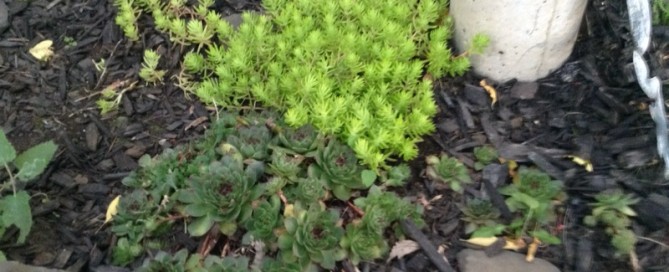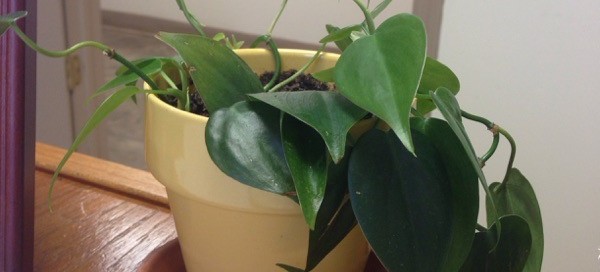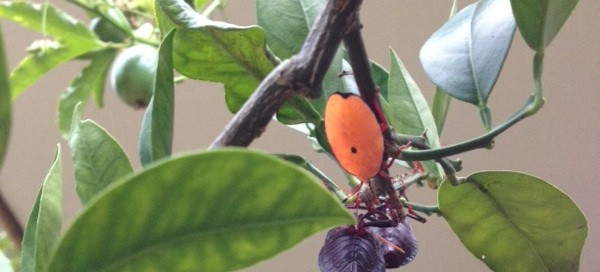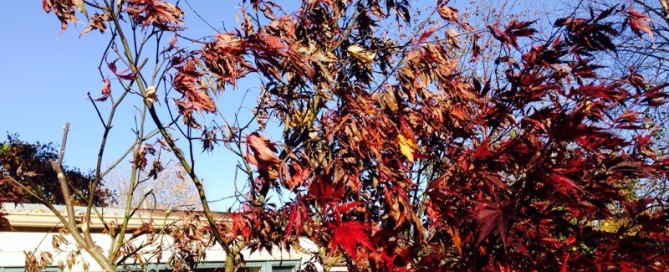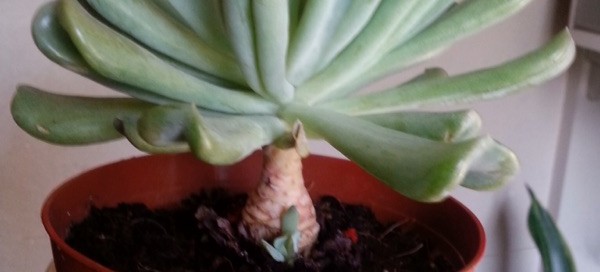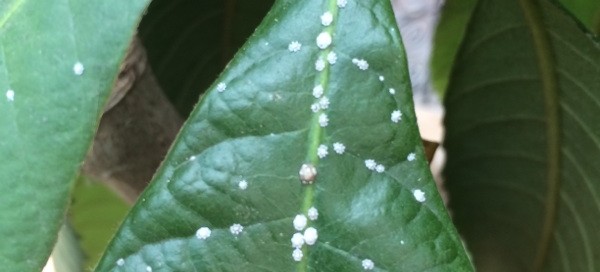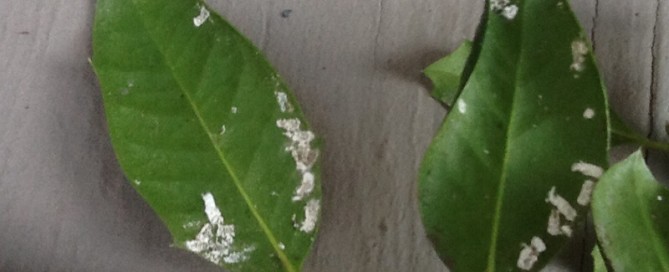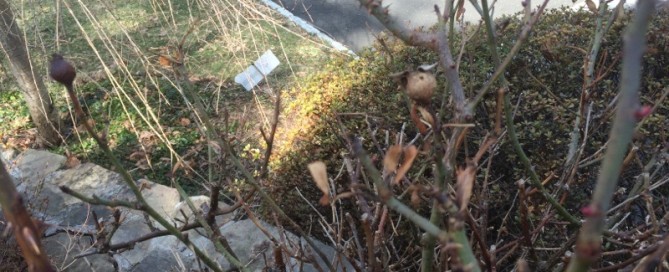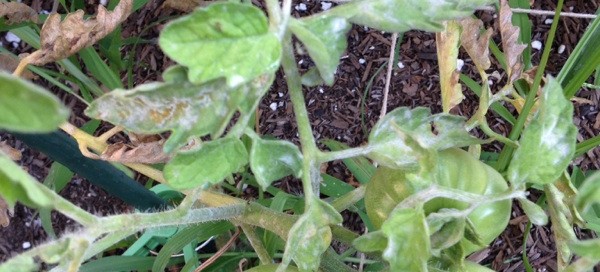Sedum Groundcover
Sedum reflexum or Sedum rupestre, also known as reflexed stonecrop, blue stonecrop, Jenny's stonecrop is a species of perennial succulent plant of the genus Sedum, native to northern, central, and southwestern Europe.
The Sedum reflexum plants typically have sprawling stems and stiff foliage resembling spruce branches, with softer tissue. The leaves are frequently blue-gray to gray but range to light greens and yellows; the flowers are yellow. Like most other Sedum species, it has a prostrate, spreading habit.Sedum reflexum is a popular ornamental plant, grown in gardens, containers, and as houseplants. It is drought-tolerant. There are named cultivars with variegated (multi-colored) leaves.Easily grown in average, dry to medium, well-drained soils in full sun. Good tolerance for light shade. Also tolerates moist (not wet) soils with good drainage. Thrives in sandy to gravelly soils of moderate to low fertility. Plants will naturalize to form an excellent ground cover. Propagate by division or seed. Because there are so many we are unable to identify which cultivar.
